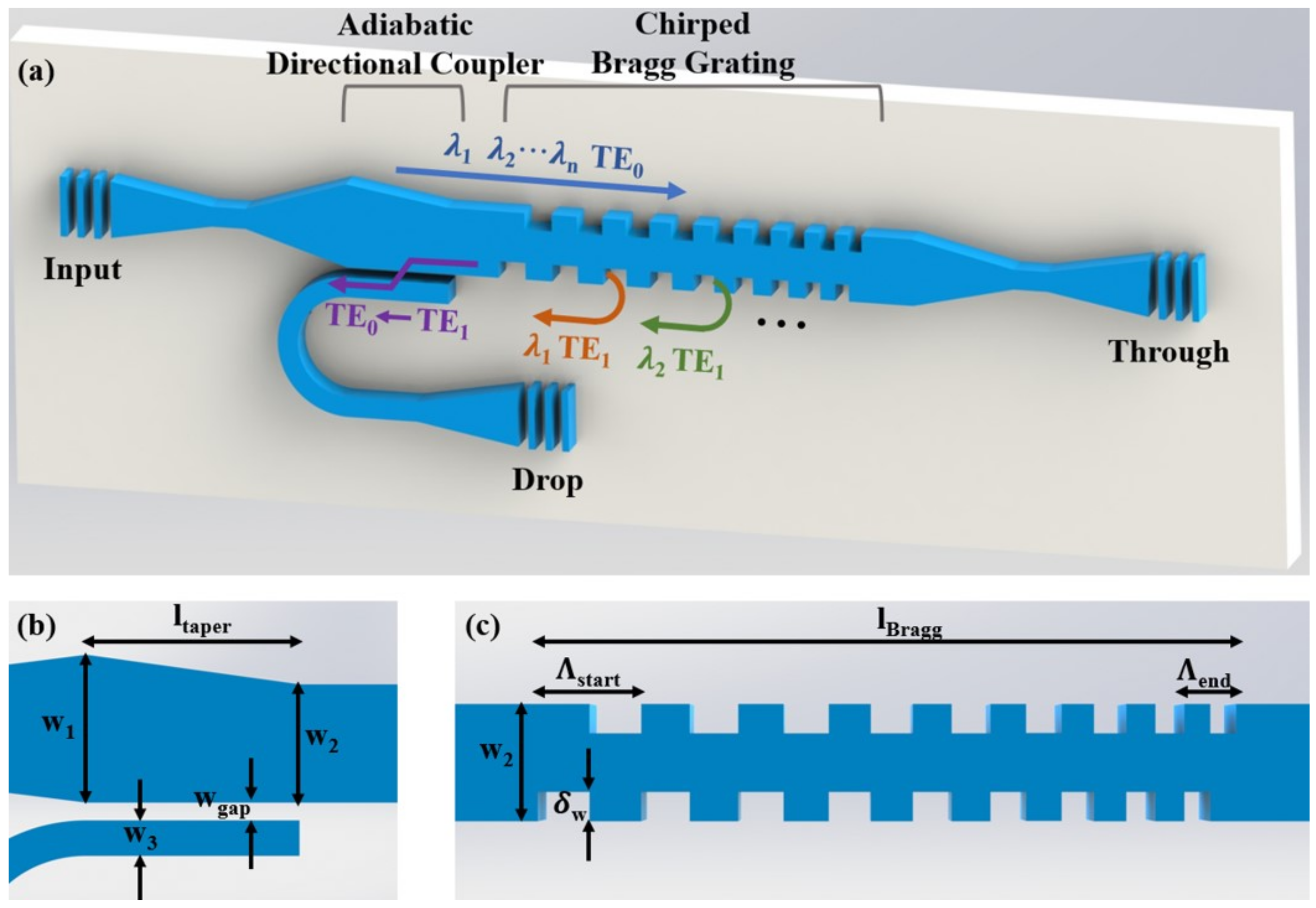Contents
Source: Wikipedia
Understanding Optical Bragg Gratings
Optical Bragg gratings are fundamental components in the field of photonics, known for their ability to reflect specific wavelengths of light. This blog post aims to provide a comprehensive understanding of how these devices work, their applications, and their significance in modern technology.
What is an Optical Bragg Grating?
An optical Bragg grating is a transparent device characterized by a periodic variation in its refractive index. This periodic structure allows the grating to reflect light at certain wavelengths, fulfilling the Bragg condition. The Bragg condition is mathematically expressed as:
2π/Λ = 2 * (2πn/λ) * cos θ
In this equation, λ represents the vacuum wavelength of light, n is the average refractive index of the medium, θ is the propagation angle relative to the normal of the grating, and Λ is the grating period. When this condition is satisfied, the grating efficiently reflects the incident light.
Reflection and Transmission
The primary function of a Bragg grating is to reflect light at specific wavelengths, often referred to as the Bragg wavelength. This reflection occurs with high efficiency when the grating is sufficiently long, even if the refractive index modulation is relatively weak. Outside the Bragg wavelength, the grating has minimal impact on light, except for some side lobes in the reflection spectrum.
It is important to note that the reflection can significantly decrease when the angle of incidence is altered. This property makes Bragg gratings highly effective as optical filters, allowing them to selectively reflect certain wavelengths while transmitting others.
Applications of Bragg Gratings
Bragg gratings are widely used in various applications due to their wavelength-selective reflection properties. Some of the key applications include:
- Telecommunications: Bragg gratings are utilized in fiber optic communications to filter and manage different wavelengths of light, enhancing signal quality and data transmission efficiency.
- Sensing: They are employed in sensors for measuring strain, temperature, and pressure by detecting shifts in the Bragg wavelength.
- Lasers: Bragg gratings are integral components in laser systems, where they help stabilize the laser wavelength and improve performance.
Conclusion
Optical Bragg gratings are essential devices in the field of photonics, offering precise control over light reflection and transmission. Their ability to selectively reflect specific wavelengths makes them invaluable in telecommunications, sensing, and laser technologies. Understanding the principles and applications of Bragg gratings is crucial for advancing modern optical systems and technologies.
Further Reading
For those interested in exploring more about optical Bragg gratings and their applications, numerous online resources and academic publications are available. These resources provide deeper insights into the mathematical principles, technological advancements, and future prospects of Bragg gratings in photonics.

Source: MDPI
Feel free to comment your thoughts.


